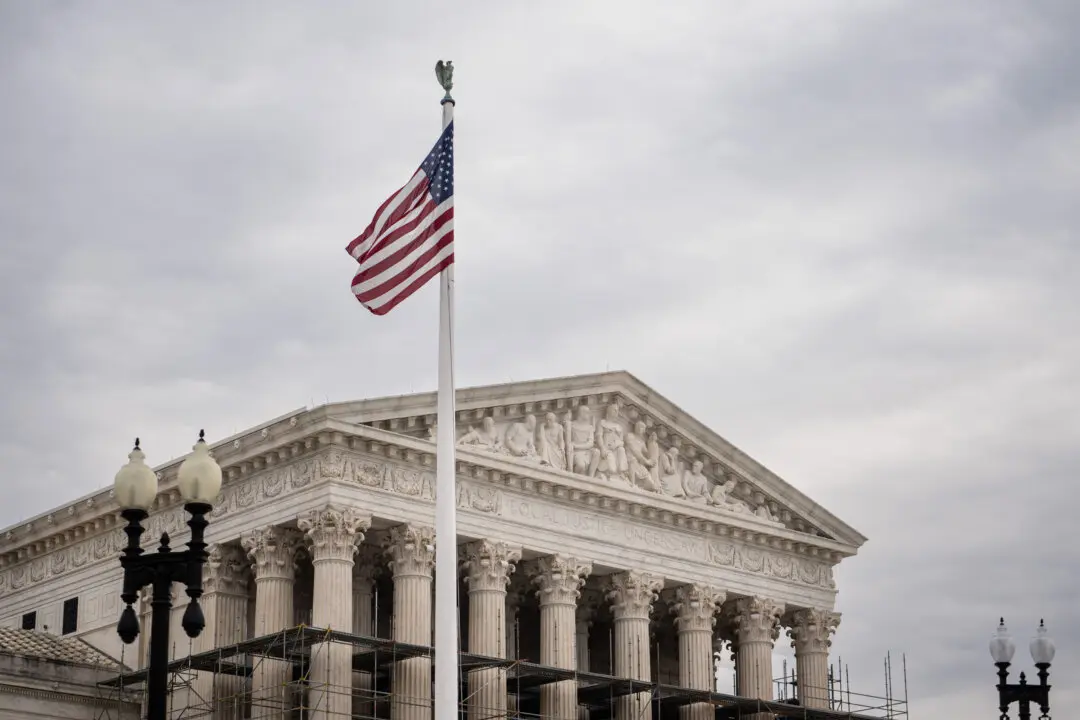The Bank of Canada (BoC) needs to continue hiking interest rates or face losing the battle against inflation, says a Scotiabank executive.
“I’m of the ongoing view that politics and pressures aside, it needs to crush inflation risk and remain adherent to its principal mandate,” Derek Holt, Scotiabank vice president and head of Capital Markets Economics, wrote in an Aug. 15 note.





